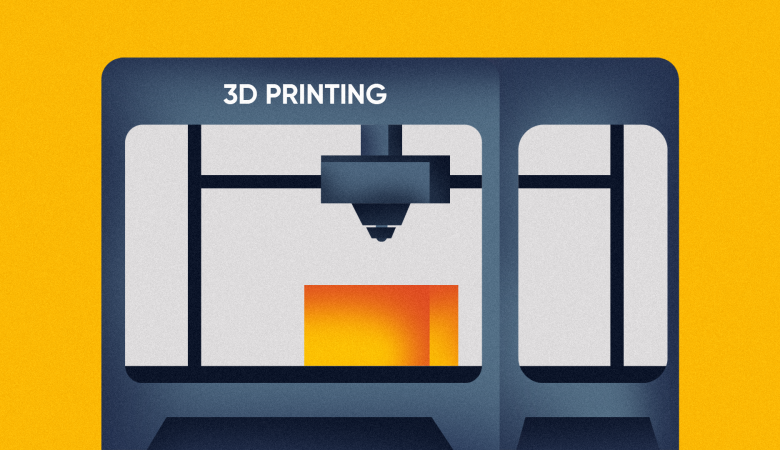Digital manufacturing technology, also known as 3D printing or laminated modeling, creates physical objects from geometric representations by continuously adding materials. 3D printing technology is a rapidly evolving technology.
Today, 3D printing is widely used around the world. 3D printing technology is increasingly being used in agriculture, healthcare, automobiles, locomotives, and the aerospace industry for mass customization and the creation of all types of open-source designs.
3D printers are extremely flexible. Not only the materials they use, but also the ones they can print. In addition, they are incredibly accurate and fast, making them a promising tool for the future of manufacturing. Many 3D printers are used for so-called rapid prototyping.
Companies around the world are using 3D printers to prototype in hours instead of wasting months and potentially millions of dollars of R&D. In fact, some companies claim that 3D printers make the prototyping process 10 times faster and 5 times cheaper than the regular R&D process.
The first step in the 3D printing process is 3D modeling. To maximize accuracy, all objects should be designed with 3D modeling software. Since 3D printers cannot conceptualize 3D concepts as humans do, engineers need to slice the model into layers to allow the printer to create the final product. The slicing software scans each layer of the model and tells the printer how to move to recreate that layer.
Once the 3D objects have been modeled and cut, it's time for the 3D printer to finally take over. For direct 3D printing, the printer usually behaves like a traditional inkjet printer. In this printer, the nozzles move back and forth, depositing polymers such as wax or plastic layer by layer, waiting for the layers to dry before adding the next printer. level.
3D printing technology allows you to print objects layer by layer directly from a CAD (Computer-Aided Design) model. There are a variety of 3D printing materials such as thermoplastics such as acrylonitrile butadiene styrene (ABS), metals (including powders), resins and ceramics.
According to twi-globap.com, there are three broad types of 3D printing technology:
1.Sintering
Sintering is a technology where the material is heated, but not to the point of melting, to create high resolution items. Metal powder is used for direct metal laser sintering while thermoplastic powders are used for selective laser sintering.
2.Melting
Melting methods of 3D printing include powder bed fusion, electron beam melting and direct energy deposition; these use lasers, electric arcs or electron beams to print objects by melting the materials together at high temperatures.
3.Stereolithography
Stereolithography utilises photopolymerization to create parts. This technology uses the correct light source to interact with the material selectively to cure and solidify a cross section of the object in thin layers.
What company do you know that uses 3D printing to create their products, Smart People? Have you bought one of their 3D printing products?
Author: Mia Patricia | Illustrator: Rizky Sabilurrasyid





